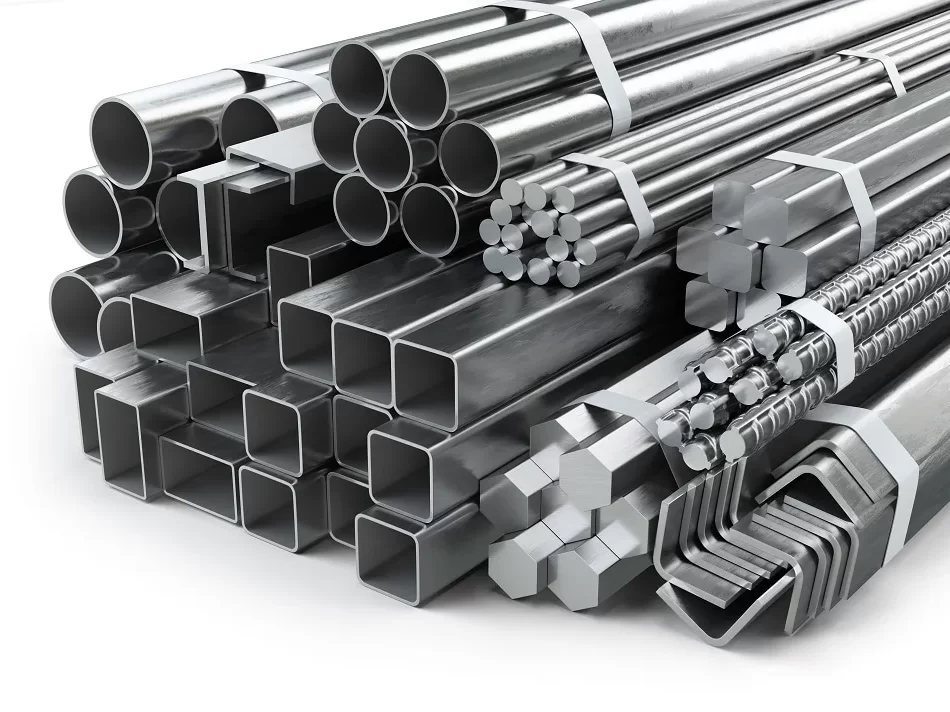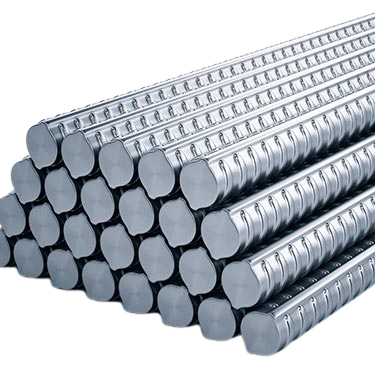Iron & Steel Products
Flat Products - Plates & Coil - HR & CR
- Hot rolled steel is steel that has been roll-pressed at very high temperatures—over 1,700˚F, which is above the re-crystallization temperature for most steels. This makes the steel easier to form, and resulting in products that are easier to work with.
- Cold rolled steel is essentially hot rolled steel that has been through further processing. Once hot rolled steel has cooled, it is then re-rolled at room temperature to achieve more exact dimensions and better surface qualities.

Long Products -
(1) Structural Steel
Structural steel is a category of steel used in construction industry and welded in various shapes and grades. It takes shapes and form of an elongated beam having different cross-sectional shapes. Its shapes, sizes, chemical composition and properties are regulated by a standard set forth by agencies and organization for most countries.
- Parallel Flange Channels –These channelled beams are U-shaped with right angled corners, similar to the shape of a staple. They come in various different sizes, however, the two sides are always the same length and are parallel to one another. They also offer a high strength to weight ratio and have similar uses to angled sections.
- Tapered Flange Beams –Taper flange beams come in an I-shaped and are also available in a vast variety of sizes. In construction, these are often used as cross-sections for girders.
- Universal Beam –Universal beams, also known ad I-beams or H-beams, come in the shape of their namesake: an ‘I’ when standing upright, and a ‘H’ on their side. Universal beams are usually made of structural steel and are used in construction and civil engineering, among other industries.
- Universal Column –Universal beams are also widely used for structural purposes. They are similar to beams and are often referred to as I-beams or H-beams, however, all three sections are the same in length. As their name suggests, they are mainly used for columns, and have a brilliant load-bearing capabilities.
- Circular Hollow Sections –Circular Hollow Sections come as a hollow tubular cross sections and have a much higher resistance to torsion that tapered flange beams.
- Rectangular Hollow Sections –These types of structural steel are much like the circular hollow sections, however they have rectangular cross sections.
- Square Hollow Sections – Like their hollow section counterparts (except with square cross sections), these are used within smaller applications such as columns or posts.

(2) TMT Bars
- Steel has been in the construction industry for a long time for its terrific properties such as Tensile strength, thermal conductivity, yield strength, and ductility. The role of steel in any building determines its structural strength and stability. Hence choosing the correct steel with desired properties is of utmost importance. In present days, TMT bars have gained an increased popularity in the construction industry.
- TMT bar basically stands for Thermo Mechanically Treated bar. TMT is a process in which the steel bars are subjected to constant and repeated cooling to attain maximum yield strength. They are not just steel bars with enhanced strength but are also highly ductile and malleable in nature. They are specifically designed for earthquake resistant buildingsand additionally possess high thermal resistance.


